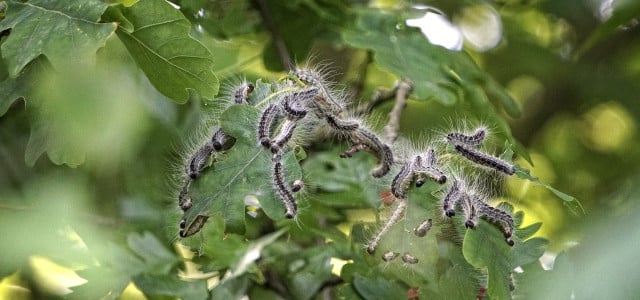
In Germany, too, oak processionary spinners are widespread in forests. You shouldn’t touch them under any circumstances, otherwise a rash can arise. What helps if that happened, you will find out here.
The oak processionary spinner is a moth and belongs to the subfamily of processionary spinners. As the name suggests, the butterfly occurs primarily in oak forests. For example, he feels comfortable on handles, grakes or red oak. The oak processionary moth prefers warm and dry climate. However, when you meet him, caution is advised: when touched, he can trigger a rash.
Eichen processionary spinner: origin and problem
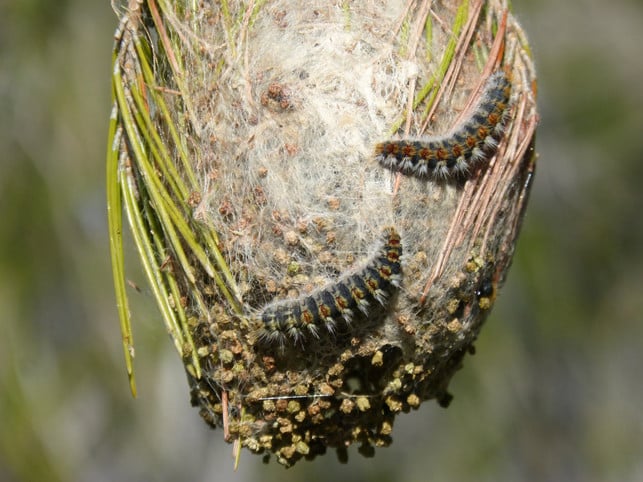
The oak processionary spinner originally comes from southern and Central Europe. In Germany, according to Nabu, he was first spotted in the 19th century. Since then, the moth has also spread increasingly in German areas. Baden-Württemberg, Bavaria and North Rhine-Westphalia are particularly badly affected. According to the scientist, this mass spread of the oak processionary spinner is related: inside with the rising temperatures due to climate change.
The adult moths of the oak processionary spinner are colored gray and up to three centimeters in size. They fly through the landscape between the beginning of July and the end of September and put hundreds of eggs into the oak crowns in August. The eggs continue to develop in autumn and survive the winter in the tree crown.
The larvae hatch depending on the temperature in April or May of the next year. The caterpillars, which are up to five centimeters long, are gray -colored, with white burning hair – these hairs trigger the rash. Eichen processionary spinners go through various larval stages until they pupate and develop into the adult night folds at the end of June.
Are oak processionary spinners dangerous?
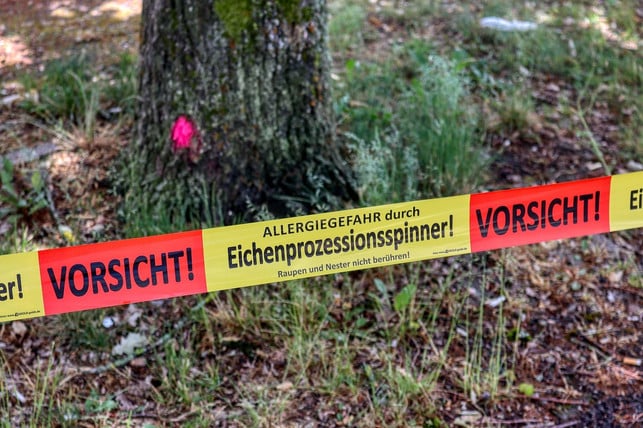
Warning of the dangers of the oak processionary spinner is especially warned in spring and summer. Due to the increasing spread of caterpillars in Germany, they have also spread in densely populated areas. As a result, they come into contact with people more and more.
But how dangerous are the inconspicuous insects really? You should know the following:
- The oak processionary spinners can cause forestry damage. Since the caterpillars only develop on the oaks, they eat large parts of the leaves. With a unique severe infestation, this has no long -term consequences. However, if the oaks are repeatedly affected by a strong infestation, they are significantly weakened. According to NABU, this makes the trees more susceptible to other pests, such as oak splendor or sponge spinners. In the long term, however, the oak processionary spinner does not cause far -reaching ecological damage to the forest.
- But the insect is not only harmful to the oaks, but also for us humans. The risk of oak processionary spinners only runs out of the caterpillars. The white burning hair of the caterpillars can break off easily and spread over the wind. With small barns you can settle on the skin and mucous membranes. In this way, oak processionary spinners can trigger a rash or conjunctivitis.
- From the third larval stage, usually in early May, the hair is dangerous for humans. The health risk continues to increase until the sixth and last stage of the caterpillar. That is why you should stay away from the larvae, especially in May and June. Once the larvae have developed into night folds, they can no longer harm people.
Eichen processionary spinner: symptoms and risk groups
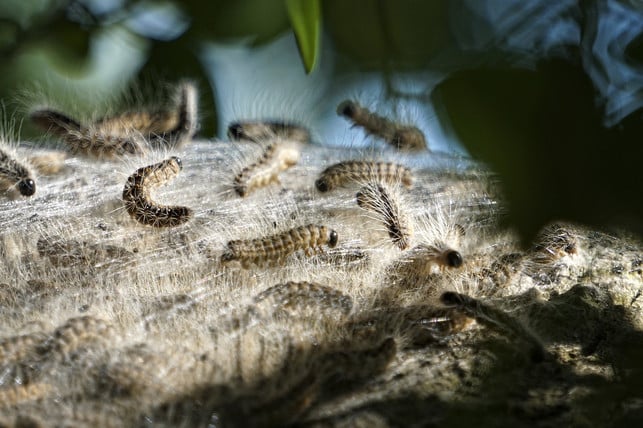
The brick hair of the caterpillars of the oak procession spinner contain the egg whites Thaumetopoein. This ingredient is poisonous and continues to rise to the sixth larval stage. When people come into contact with the toxic burner hair, according to the Bavarian State Institute for Forest and Forestry, various allergic reactions can occur:
- In the case of skin contact, as already mentioned, rashes, swelling and itching arise.
- If the hair comes into contact with the mucous membranes, eye irritation, dizziness and fever can also result.
- In individual severe cases, the poison of the oak processionary spinner leads to an allergic shock. If the burning hair is accidentally inhaled, you can also cause breathing problems such as coughing, asthma or bronchitis. Depending on the amount of the burner hair, the intensity of the allergic reactions can vary.
According to the recommendation of the Bavarian State Institute for Forest and Forestry, the following risk groups should be particularly careful:
- Recreation seekers in the forest and at forest edges (for example camper: inside or hiking: inside)
- Direct residents: forest areas affected inside
- Owner: inside of oaks in the garden
- Children in forest playgrounds
- Forest workers: inside and buyers: inside of firewood
In some areas and counties, the oak processionary spinner spreads rapidly. Often, summer festivals had to be canceled and kindergarten children were not allowed to play outside.
Attention: The burn hair can also be dangerous for pets like dogs. For example, the gastric mucosa or airways can be inflammation. Therefore, keep your animals away from the affected areas as far as possible.
This is how you relieve the rash through oak processionary spinners with home remedies
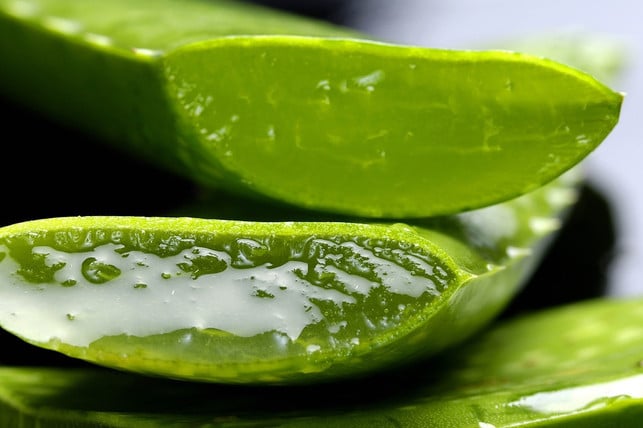
If only slight redness and itching occur, you can treat the symptoms yourself. Cooling envelopes are particularly recommended. Aloe Vera can also cool the affected area and is considered a natural home remedy for itching. A quark wrap also helps with swelling.
In the event of strong symptoms, you should obtain medical advice – this applies especially to respiratory problems and itchy eyes. Cortisone preparations and antihistamines are often then prescribed.
Prevent oak procession spinners
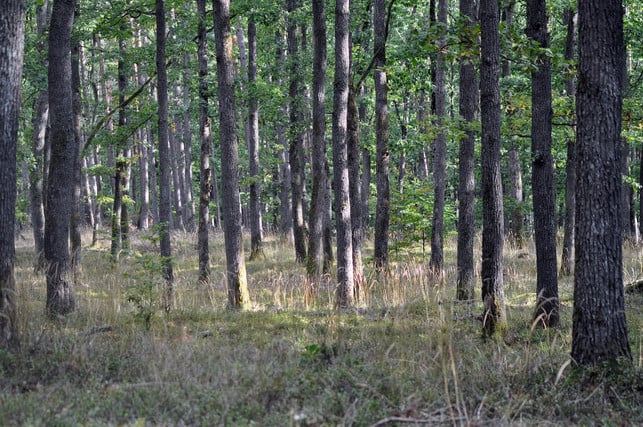
Basically, of course, caution is better than forbearance. Therefore, you can pay particular attention to preventive measures during the risk sounds. The following tips help you to avoid an allergic reaction from the oak processionary spinner:
-
Avoid risk areas – you can find out whether the oak processionary spinner is spreading in your area, for example from the local media or by warnings from the district office.
- Do not touch the caterpillars and nests.
-
Change your clothes after staying in the forest when the area is affected.
- Wash your clothes at least 60 degrees.
- Shower yourself immediately after contact with burning hair.
- Regularly examine the particularly affected skin areas (arms, neck, face).
- From your garden you keep oak procession spinners away by designing it close to nature. This attracts natural enemies such as cuckoo, hatching wasps or predatory flying, on the dining plans of the oak processionary moth.
Tip: If you discover nests of the oak processionary spinner in your garden, hole pest control: inside for help. They usually suck the nests from the affected trees. However, keep in mind that even after removing a nest, dangerous hair can remain. You do not have to report an infestation from the oak processionary spinner.
Revised by Lea Hermann
Read more on utopia.de:
- Wood pests: You can see the different types from this
- Hornet stitch: driven and how you treat him correctly
- Invasive species: properties, driven and how they come to us
** marked with ** or orange underlined Links to sources of supply are partially partner links: If you buy here, you will actively support Techzle\.com, because we will then receive a small part of the sales proceeds. More information.